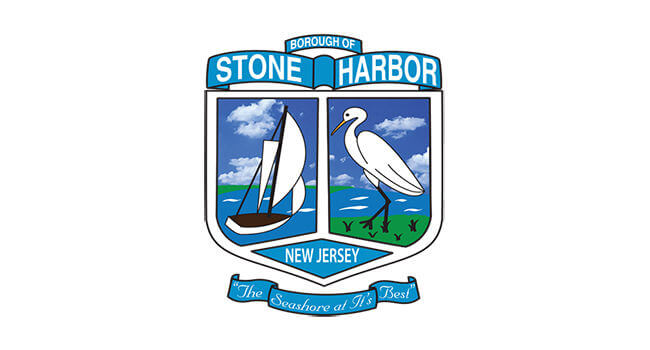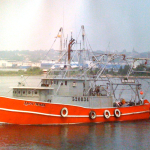STONE HARBOR – Stone Harbor Borough Council is saddled with a dilemma. Does the council allow the U.S. Army Corps of Engineers (USACE) to harvest sand from its protective dunes to replenish the borough’s beaches?
At a time when the borough is investing in efforts to protect the community from the impact of sea-level rise and more frequent severe storms, is reducing the size of the dunes a wise move?
For three years, a ruling by lawyers for the U.S. Fish and Wildlife Service has barred the use of federal funds for harvesting sand from Hereford Inlet, the traditional source of sand for Stone Harbor beach replenishment.
The ruling is based on an interpretation of the Coastal Barrier Resources Act (CBRA), which Stone Harbor, joined by Avalon and North Wildwood, has tried to get changed. Litigation in federal court is the likely next step.
Meanwhile, the USACE and the state Department of Environmental Protection (DEP) are unable to borrow sand from Hereford Inlet for the 2019 beach replenishment project. An ad hoc solution in 2016, which saw sand transported from Townsend’s Inlet via a long underwater pipe, is not financially viable in 2019.
Council heard from Chris Constantino of DEP and Erik Rourke from USACE Oct. 1, as they presented an option to borrow sand from the dunes to replenish the beaches.
According to Constantino and Rourke, the dunes are holding sand over the federal template designed in 2004 for the island’s protection. They propose to remove as much as 150,000 cubic yards of sand from select dunes, a maneuver that would bring the dunes to the 2004 template level. The plan calls for leaving an additional two-foot buffer above the template level after sand harvesting.
The proposed one-time effort would move sand to the beaches in the period from late October to the end of January. Avalon, by comparison, will be receiving a minimum of 235,000 cubic yards of sand via a federally funded hydraulic replenishment project that borrows sand from Townsend’s Inlet. The sand from Townsend’s Inlet can be harvested using federal funds.
The federal replenishment process is on a three-year cycle, which means that if federal dollars are not used to move existing sand from Stone Harbor dunes in 2019, federal funding will not be available again until 2022.
A One-time Withdrawal
Council member Raymond Parzych compared the dunes to a bank account. He argued that a large withdrawal could not be repeated in future years. If the sand moved from the dunes was lost from the beaches in a storm, replenishment from existing sand inventory could not be done again.
Parzych also worried that the 2004 federal design template was created before much of the current information on sea-level rise was available. While the existence of that earlier template allows an amount of excess sand to be removed from the dunes this year, council members questioned whether the 2004 protection level would provide sufficient protection in the face of today’s environmental pressures.
Council member Mantura Gallagher called on the borough’s environmental consultant, Lenore Tedesco, executive director of the Wetlands Institute. Tedesco advised against the proposed harvesting of sand from the dunes.
Tedesco said the move ran the risk of “destabilizing the dunes.” She expressed concern that the stabilizing influence of dune vegetation would be compromised.
Pointing to the timing of the replenishment, Tedesco spoke about the risk involved in leaving that irreplaceable sand vulnerable to winter storms.
Tedesco noted that the sand from the dunes is of finer grain and more prone to loss from the impact of wind and waves. “It is in the dunes for a reason,” she said.
With the borough taking actions to prepare the community for sea-level rise, Tedesco also worried that a move to repurpose the dune sand would send the wrong message to the public.
A recent report on the state of the borough’s beaches by Stockton University’s Dr. Stewart Farrell showed the beaches in “pretty good shape.” Farrell noted that after several years in which the borough lost close to 200,000 cubic yards of sand annually, this past year saw that number drop to 46,000 cubic yards. Farrell cited a relatively calm storm season as one reason more sand has not been lost.
The opposing pressure on the council arises from the fact that sand on the beaches is critical to the local economy. Not adding sand from the dunes may mean that beach areas ocean-side of the dunes will be smaller than they otherwise would be.
Constantino and Rourke said a decision by the borough had to come quickly, probably as early as the third week in October.
To contact Vince Conti, email vconti@cmcherald.com.
Dennis Township – Sorry Democrats, who was it that fought Trump’s immigration policy tooth and nail? Oh right, that was you! So you don’t get to blame Trump for illegal immigrants murdering Americans. I don’t think…








